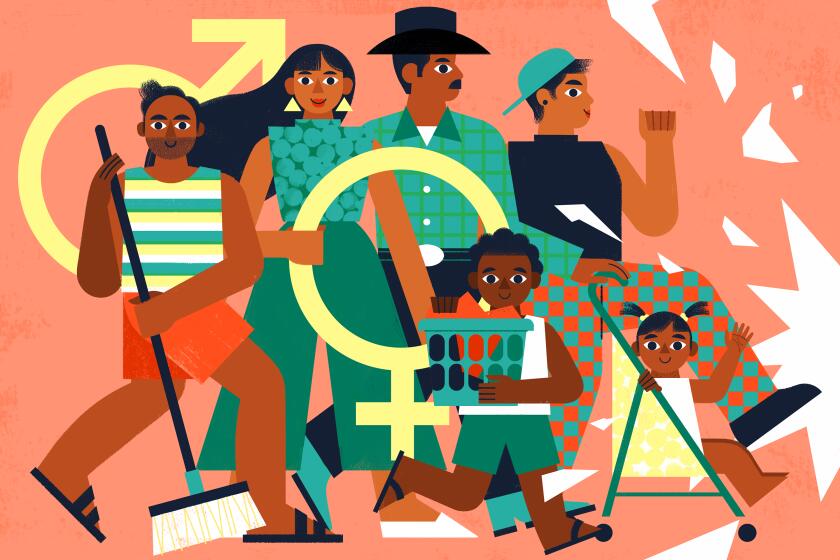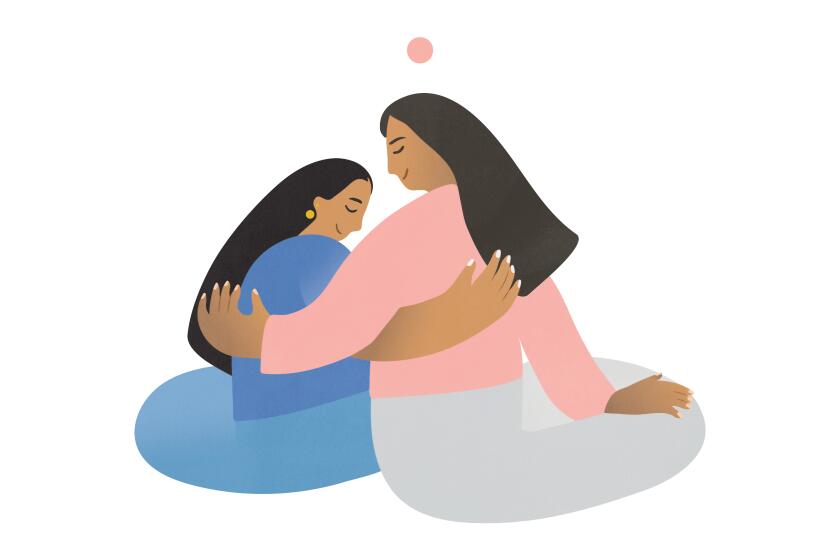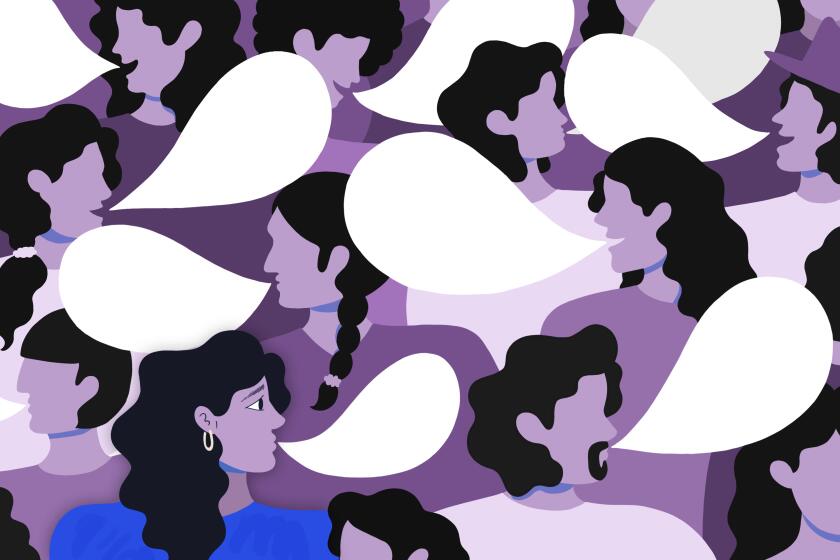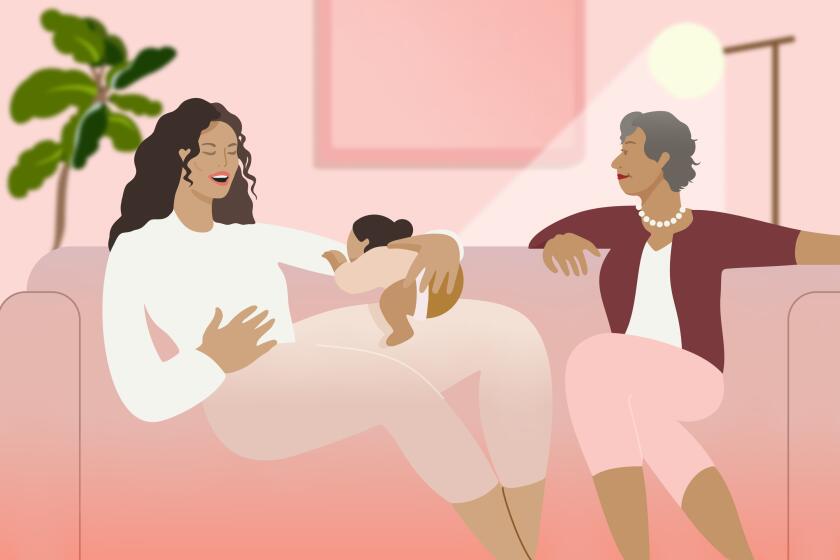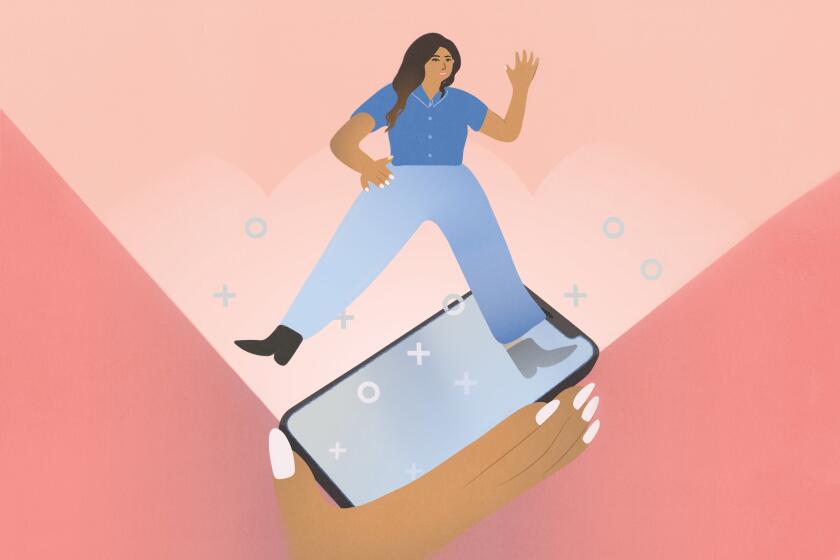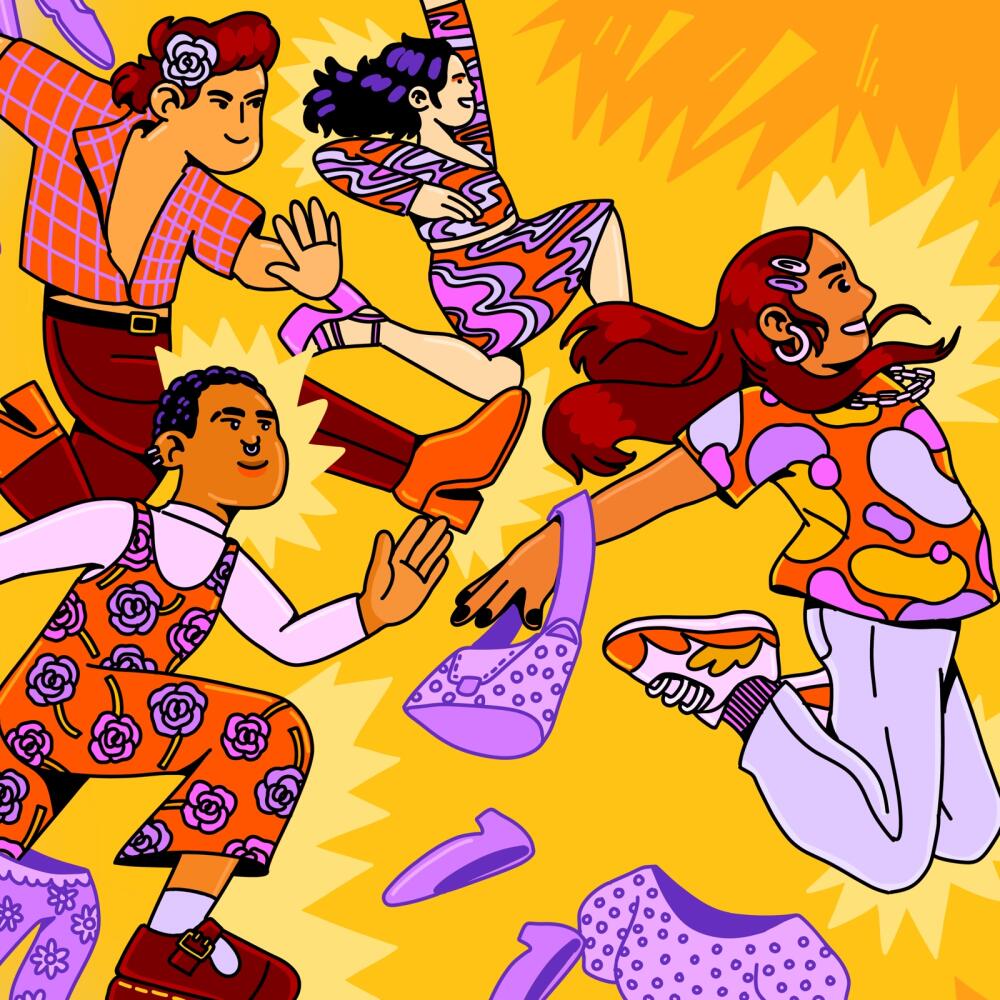
Gaby Cervantes’ home allowed very little room for mistakes — she could never leave a dish in the sink, let crumbs accumulate on the countertops or neglect sweeping the living room.
Cervantes, one of four daughters, upheld traditional gender expectations of their Mexican culture. Among friends, she felt freer to explore her genderqueer identity — until the pandemic forced her to spend her sophomore and junior years of high school stuck at home.
She began to question traditional expectations and how her queer and genderqueer identities fit within her culture.
“My identities don’t always mesh well,” said Cervantes. “It feels like I have to pick and choose parts instead of embracing them entirely.”
She dove into research, and started to see herself in books by trans and nonbinary authors. She also started using she/they pronouns and began to express herself through songwriting, conveying her interpretation of femininity and a sense of queer acceptance.
Last summer, Cervantes graduated from high school in Sacramento and decided to move to Long Beach for college. She also works at a queer- and POC-owned plant shop called Plantitas with her sister Melissa. These experiences provided her with the opportunity to break free from the gender expectations of her Latino household and find community.
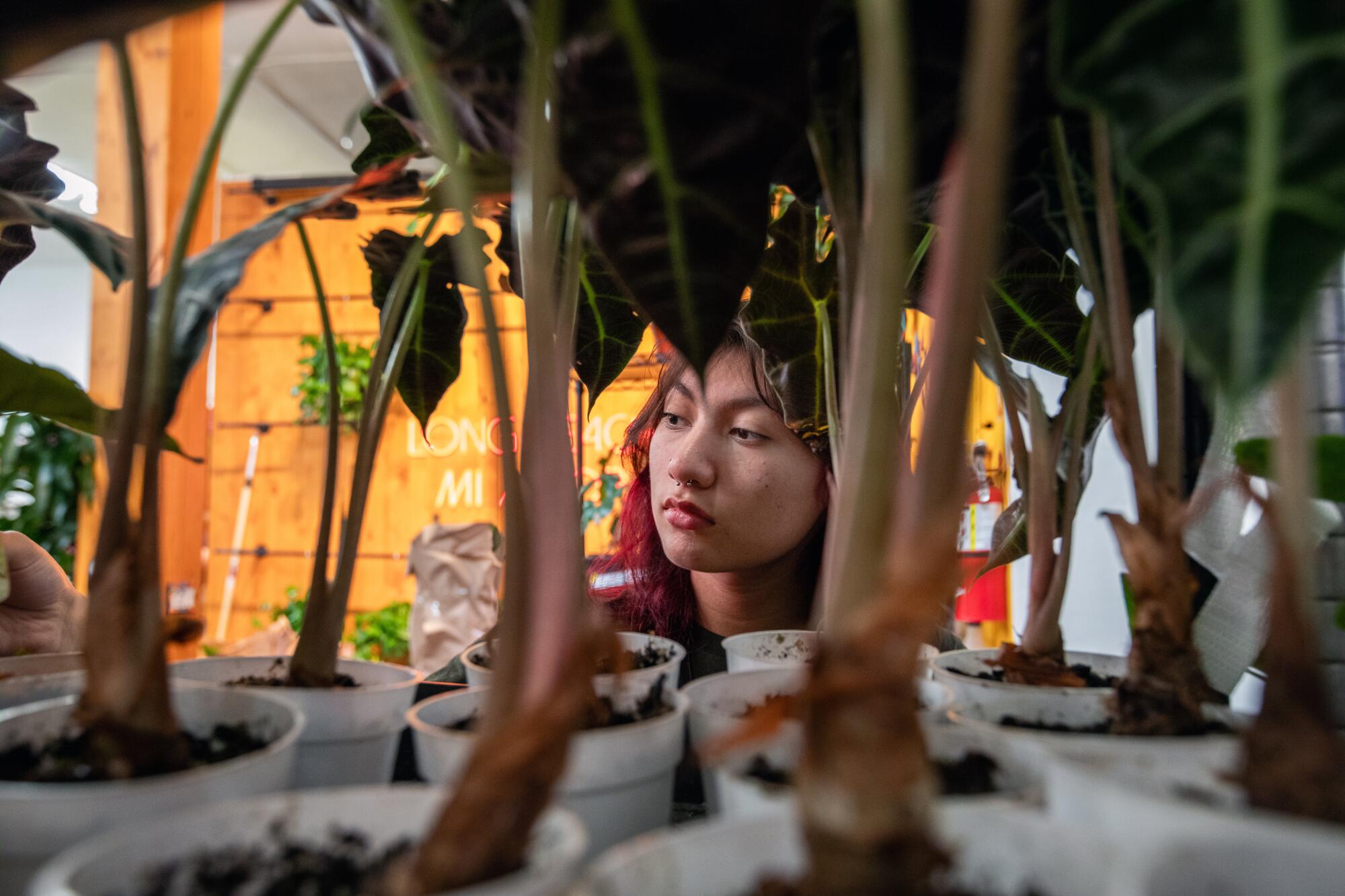
The influence of traditional gender roles
What are machismo and marianismo?
Mental health professionals told The Times that machismo and marianismo are cultural constructs deeply rooted in Latin American and Mexican American societies, influenced by Spanish colonization, Roman Catholic teachings on family life and indigenous beliefs. Machismo, associated with traditional masculinity, emphasizes dominance and control, while marianismo idealizes women as virtuous and self-sacrificing.
“Marianismo” references the Virgin Mary and describes societal expectations of purity, virtue and caretaking. The term was coined by Evelyn Stevens in 1973. The UC Berkeley political scientist argued that marianismo and machismo could not exist without one another.
Norma Contreras, a Fullerton-based associate marriage and family therapist, discusses with her clients how diverse gender expectations in Latino culture can be influenced by cultural factors, including religion.
“Younger Latinos are starting to get more therapy because they realize that [traditional gender norms are] not natural and they want to end that cultural normalization of it,” Contreras said.
She underscored the diversity among Latino families — the norms are generalizations and don’t describe all Latinos.
Cervantes’ cultural identity is influenced by Catholicism, as her mother, a Catholic, took her to church with her mom’s side of the family. Cervantes saw in her father, who is not religious, elements of machismo.
Cervantes found herself in the challenging position of picking and choosing religious values from her upbringing. This struggle was intensified by her observation of how her family used religion as a means to express hatred and discrimination towards LGBTQ+ people.
“I feel guilty that I am still able to find comfort in not the religion itself, but the symbolism and idea of it,” Cervantes said.
Like Cervantes’ experience with religion, the gender roles she saw modeled in her family have positives and negatives.
Take machismo. In a 2014 study, researchers identified two distinct expressions: traditional machismo, which was characterized by dominant masculine traits, and caballerismo, which encompassed qualities such as hard work, family loyalty and protection. The journal Sexuality Research and Social Policy published a study in 2017 that found people who identify as both Latinx and LGBTQ+ face rejection, denial and sometimes even violence. The findings strongly supported the notion that individuals with traditional beliefs about gender roles tend to exhibit heightened anti-gay prejudice, with machismo playing a significant role in predicting negative outcomes, including explicit homophobia.
Vanessa Pezo, a Long Beach-based licensed clinical social worker and trauma specialist, said it’s important to recognize the diverse impacts of gender roles on both Latino culture and our personal lives. When young people reevaluate these norms, they should take an active role in breaking them down and asking themselves, “Do I see any value or agreement in these norms? Are there aspects that are harmful or negatively impacting me and my family?”
Young Latino creatives are letting go of traditional gender norms — and forging their identities in new and freeing ways.
What are some challenges when breaking away from gender roles?
Cervantes always expressed her femininity through her clothes, which led her to believe that she was cisgender. However, identifying as cisgender never felt right.
“For a long time, I felt like there was more to that, and there was more that I wanted people to see in me before seeing just a girl,” Cervantes said.
Cervantes said that during her adolescence, she felt held back from truly being who she was.
“I just always feel like I’m the only one responsible for my own problems, and I’m the one who has to fix them,” Cervantes said. This mindset hindered her from opening up to her family and friends.
If she did open up to her family and friends, Cervantes feared she might face the same rejection she had observed in the past.
Mental health professionals told The Times that Latino culture embraces collectivist family values, in which strong emphasis is placed on the importance of family unity and interconnectedness. Latino families highly value the active involvement and support of extended family members, such as grandparents, aunts and uncles. Decision-making often involves the input and consensus of the entire family, and there is a sense of collective responsibility for the well-being and success of each family member.
Pezo said that while collectivist family values in Latino households can promote a sense of belonging and mutual support, queer people who challenge traditional gender roles may feel a dissonance between their identity and their family’s expectations.
Breaking away from these norms can “lead to symptoms of depression, anxiety, confusion, maybe guilt or even shame around who you are,” Pezo said.
It may seem like they are not fulfilling the gender roles expected of them, thus letting their family down. This conflict can generate feelings of internal pressure and a struggle to reconcile personal authenticity with familial acceptance.
Amy Salgado, a California-based licensed clinical social worker, said that in addition to the emotional challenges, Latino queer youth encounter practical obstacles too.
Stories and advice about Latino mental health
Spanish rigidly assigns grammatical gender to everyone (for example, “el,” Spanish “he” and a male-gendered “the”; and “ella” and “la,” Spanish “she” and female “the”) — and just about everything (for example, “oro,” the male-gendered noun for “gold”; and “plata,” the female “silver”). The term Latinx, which replaces the male-gendered O with a neutral X to be inclusive of a wider range of gender expressions, and those like it aren’t always embraced by more traditional Latinos. That can lead people to feel restricted and excluded.
Navigating the deeply ingrained, gendered language in Latino culture becomes difficult, as it assigns rigid roles and expectations based on gender, restricting and excluding those who don’t conform or seek authentic self-expression.
“People have a right to identify with the language that captures who they are inherently, and how they choose to express themselves and who they are as people,” said Salgado.
In Spanish, using preferred pronouns becomes crucial for affirming and respecting one’s gender identity. However, these pronouns may face limited understanding or acceptance, resulting in misunderstandings and potential rejection.
The journey of Latino queer youth in breaking free from gender roles thus becomes a multifaceted struggle, encompassing both emotional and linguistic barriers.
“Our language has very gendered terms, presented in a very binary sort of way,” said Salgado. “By misgendering, essentially what we’re sharing with the individual is that we’re not validating their experience or their identity.”
Cervantes now identifies as genderqueer, embracing an umbrella term for gender identities that exist outside the male-female binary.
Mental health professionals told The Times that in order to bridge the gap between personal authenticity and familial acceptance, Latino families must be open-minded and educate themselves.
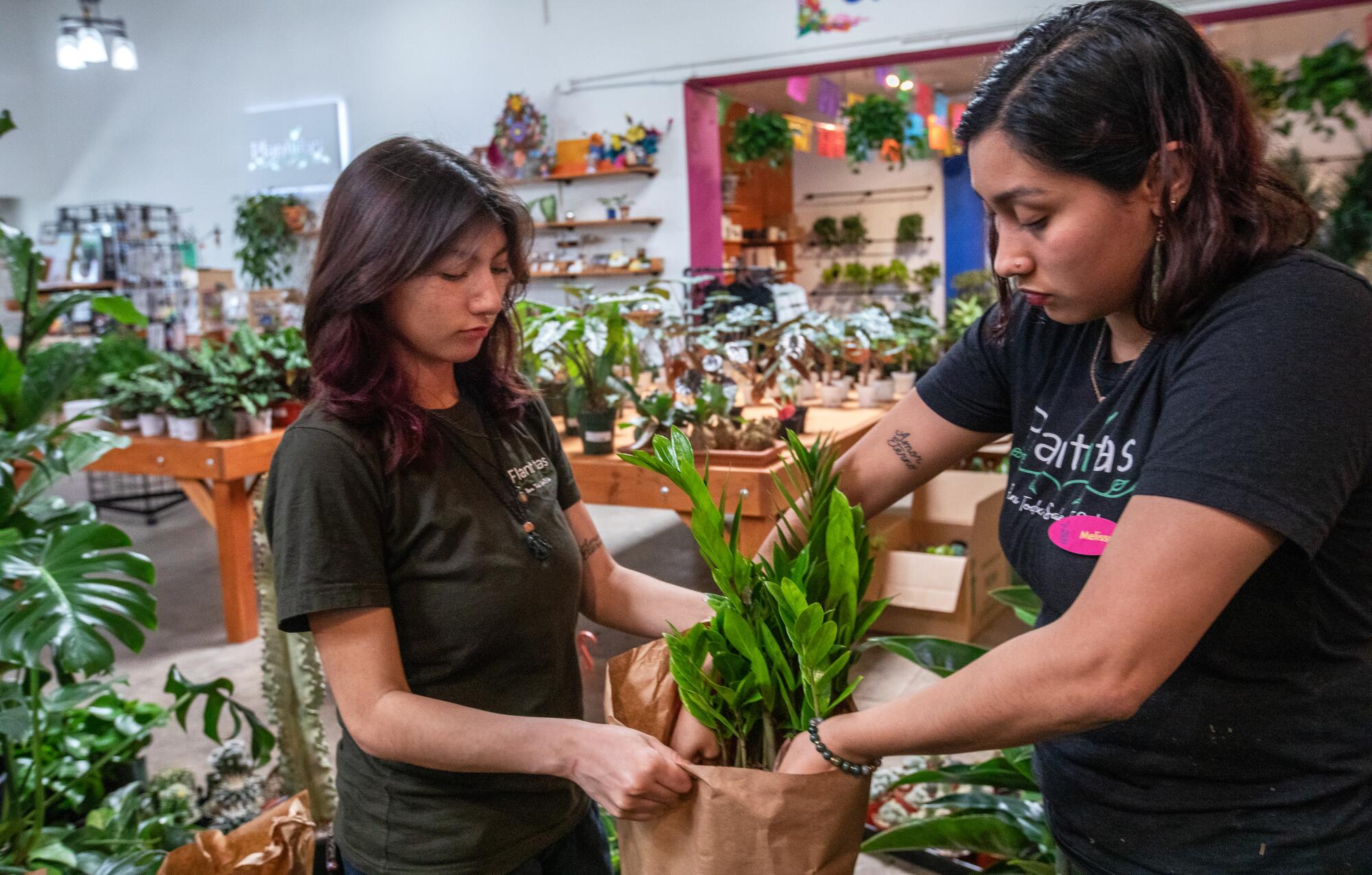
How do gender roles affect identity and mental health?
As Cervantes grew up, she felt pressure to selectively embrace some aspects of her identities and suppress others.
This struggle prevented her from fully embracing her genderqueer and queer identities, as she grappled with conflicting expectations and norms. The complexity of her cultural background made it difficult for her to fully integrate and express her authentic self within these identities, leading to feelings of isolation and self-doubt.
Dr. Lisette Sanchez, a Los Angeles-based licensed psychologist, said that a psychological stress called cognitive dissonance can be common among Latino queer youth. It occurs when one’s beliefs and values clash, resulting in heightened levels of anxiety and depression.
This dissonance can be intensified if young people face rejection from their families or communities due to their queer identities. As a coping mechanism, some individuals may resort to self-harm, Sanchez said.
Language and culture are intertwined, and many Latino Americans are seeking to learn or improve their Spanish to form deeper connections with family and their own identities.
How can therapy help?
External events or stressors can contribute to mental health challenges. But therapy can help with anxiety and depression — or just help someone feel supported.
“Therapy is a place for someone to be able to come and to feel seen, to feel heard, to be understood, to be validated, to be affirmed,” said Pezo. “That can then become a huge resource for this person out there dealing with different challenges that come from navigating the world with multiple identities.”
Young, queer Latinos in therapy may experience confusion about their identities and what is expected of them.
Some therapists will use a tool called a social identity wheel to help people understand the complex and interconnected nature of their identities, such as race, ethnicity, gender, sexual orientation, religion, socioeconomic status and others.
The social identity wheel typically consists of a circle divided into sections, with each section representing a different social identity category. Within each section, people are encouraged to reflect on and describe various aspects of their identity, such as the experiences, beliefs, values, privileges and challenges associated with that particular identity.
According to Pezo, a therapist can use this tool to talk about the intersections of various identities and a person’s lived experiences within the world. This process can be transformative and healing, as it recognizes and validates each unique identity, fostering a sense of wholeness and empowerment.
Conversations like these with a therapist can lead Latino queer youth to want to try to broach similar topics with family.
To prepare, one tool therapists use is a role-playing exercise, where youth can learn about ways to communicate with their family members.
Additionally, therapists can help people explore the expectations their parents placed on them and assess which ones they still choose to embrace. By exploring how personal goals align with values and identifying potential conflicts, people can navigate their challenges while staying true to their beliefs, Sanchez said.
How to talk about mental health in a multigenerational Latino household
Other resources for Latino queer youth
If you’re not comfortable with therapy or do not have the resources to start therapy, other mental health resources are available.
Los Angeles:
- Los Angeles LGBT Center offers a wide range of programs and services, including support groups, counseling, healthcare and youth programs.
- Bienestar Human Services provides comprehensive health and wellness services for the Latino LGBTQ+ community, including HIV/AIDS prevention and support, mental health counseling and youth programs.
- Latino Equality Alliance promotes LGBTQ+ equality and empowerment among the Latino community in Los Angeles. They provide resources, advocacy and support for queer people and their families.
- Gender Justice LA focuses on transgender and gender non-conforming communities in Los Angeles. They offer support groups, workshops and community organizing initiatives.
- Los Angeles Gender Center consists of mental health providers who specialize in serving the transgender, gender non-conforming and non-binary communities, as well as their families, across California.
- PFLAG Los Angeles is the local chapter of a national organization providing support, education and advocacy for LGBTQ+ people and their families. The Los Angeles chapter offers monthly meetings, resources and a safe space for queer youth and their loved ones.
National:
- The Trevor Project is a national organization providing crisis intervention and suicide prevention services for LGBTQ+ youth. They offer a 24/7 helpline, online chat and other resources.
- Gender Odyssey is an annual conference held in various locations that focuses on gender diversity and transgender issues. Attending the conference can provide valuable education, networking and support opportunities.
- TransLatin@ Coalition is dedicated to advocating for the rights and well-being of transgender and gender non-conforming Latinx people. They provide resources, support and education.
- Latinx Therapy is a network of therapists where one can use filters based on location, identity of yourself or of the therapists, and by specialty (machismo, family issues, dissociation, etc.).
- National Center for Transgender Equality advocates for policy change and provides resources on transgender issues. They offer information on legal rights, healthcare and community support.
- The National LGBTQ Task Force advocates for LGBTQ+ rights and equality. They provide resources, organize events and offer support for queer youth.
Identifying culturally competent mental health professionals can help your healing journey. Here’s how to find one who meets your needs.
More to Read
The Latinx experience chronicled
Get the Latinx Files newsletter for stories that capture the multitudes within our communities.
You may occasionally receive promotional content from the Los Angeles Times.


